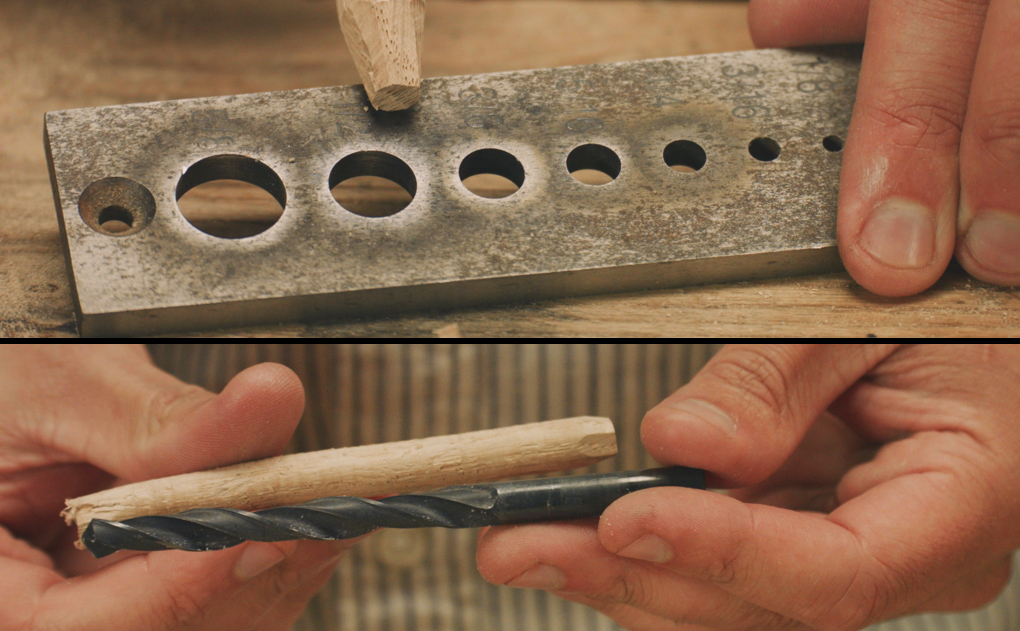If you’ve seen a fair bit of my work then you’ll probably know that despite my love of keeping the tool kit minimal I’m a huge fan of the router plane.
And this brings up a common question that I’ve decided to answer today –
How do you keep your router plane sharp?
The video above explains my method for sharpening these pretty awkward little irons, and I must say it’s not anything revolutionary!
Download the ‘Simple Sharpening Station’ drawing to create a similar setup.
If you prefer to read then here’s the summary:
Sharpen with a Single Bevel
I always, always use a single bevel on these irons.
They’re generally small and fiddly to hold, but can also be really thick.
Much like sharpening a Japanese chisel, that thickness lends itself well to a single bevel because it gives us a chucky reference surface to sit on to the stone. You’re not going to be able to hold this in any conventional sharpening guide, so unless you’re wanting to go out of your way to knock up a specialist jig that large single bevel will help register the router plane iron at a consistent angle while you sharpen free hand.
An extra benefit is that we keep on top of this bevel every time we sharpen.
With something this fiddly, and especially if you’ve got modern irons made of thick A2 steel it could be a right pig of a job on those occasions when you need to fully reestablish a primary bevel!
So my approach is to keep it single and then you’re always on top of it.
Sharpen Little and Often
This follows on from the reasoning for the single bevel.
You can make this a really easy job by keeping on top of the edge frequently, meaning there’s only minimal strokes needed at any sharpen.
And with a router plane, that frequency is actually not very often at all. Once sharp you’ll get a lot of use out of it, just keep an eye on the edge and when you feel it getting blunt give it a touch up.
So How do I Sharpen Router Plane Irons?
The method itself is probably easier for you to watch than read.
For the most part it’s as you’d expect for free hand sharpening of a single bevel.
I only ever take it to the fine stone, which for me means my oil stone.
I’ll touch up the edge until I feel the slightest burr (it’ll be really small!) then flip it over to remove it on the stone, give it a wipe and you’re good to go!
Like I said, not revolutionary.
I won’t bother stropping these irons as I want to avoid any round over on that single bevel, but feel free to work up the grits on your water stones if you fancy.
If you’re using the none removable ‘allen key’ type irons then simply position your stone so it’s along the edge of your worktop allowing you to hang that awkward bit over the side.
And if you’d like to create your own stupidly simple yet compact and movable little sharpening setup then we’ve drawn out the exact dimensions and layout of mine.
You can download it here.

![How do I Sharpen a Router Plane? [Q & A Video]](https://builditwithwood.com/wp-content/uploads/thumbs_dir/The-Best-Rip-Saws-Making-Thick-Cuts-Hand-Tool-Woodworking-qnryg6o64wkpyk00aqon9nf5tie15f9f48yz7p7cjg.jpg)
![Bench Top Edge Jointing [with Video] Bench Top Edge Jointing [with Video]](https://www.theenglishwoodworker.com/wp-content/uploads/2022/10/Edge-Jointing-Large-Boards.jpg)



